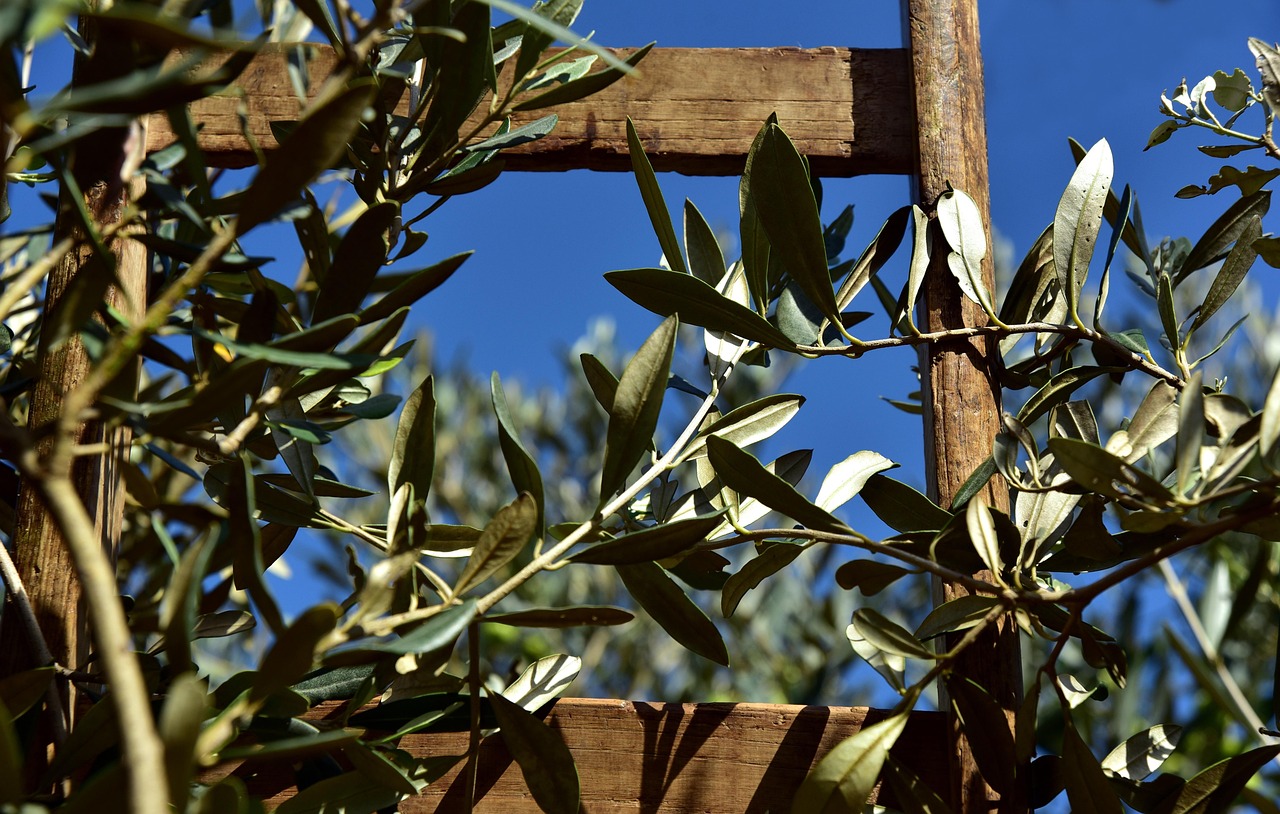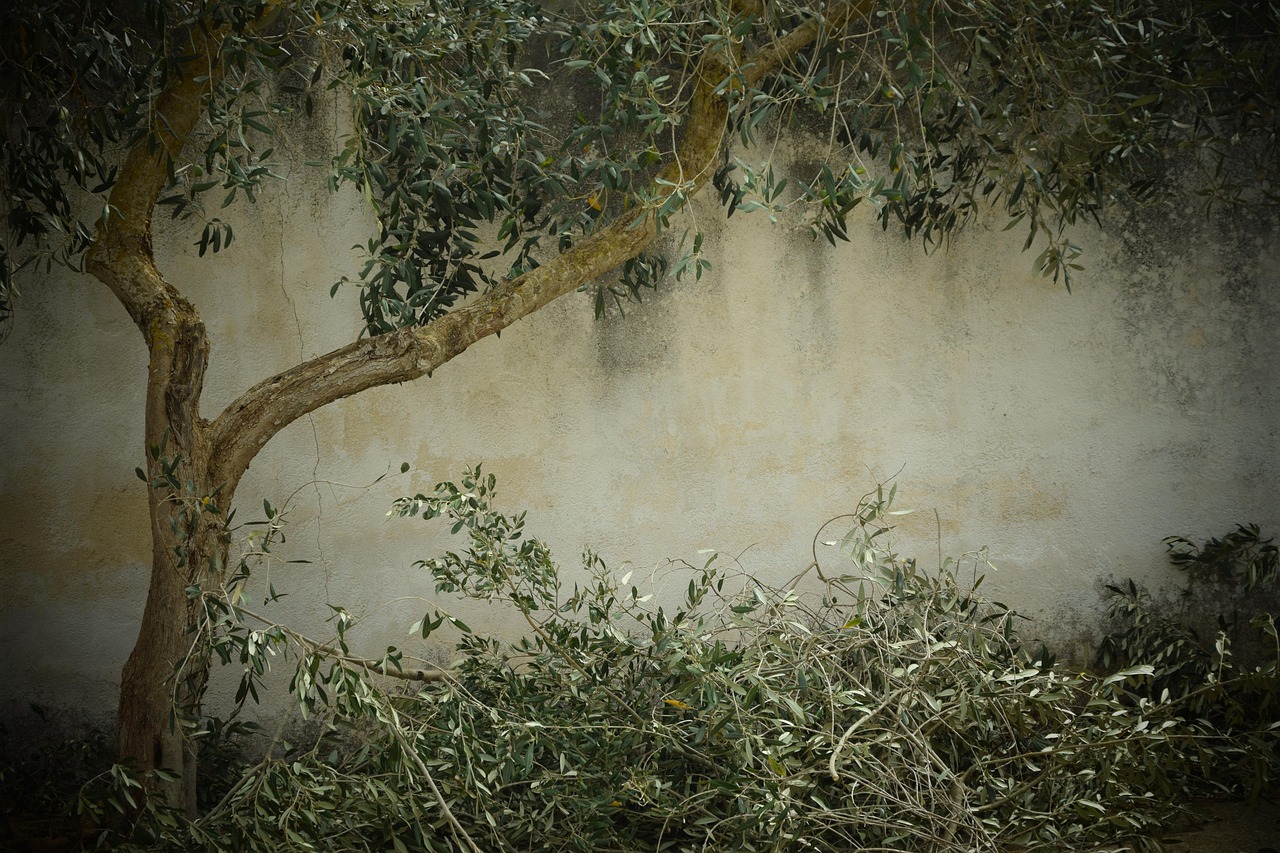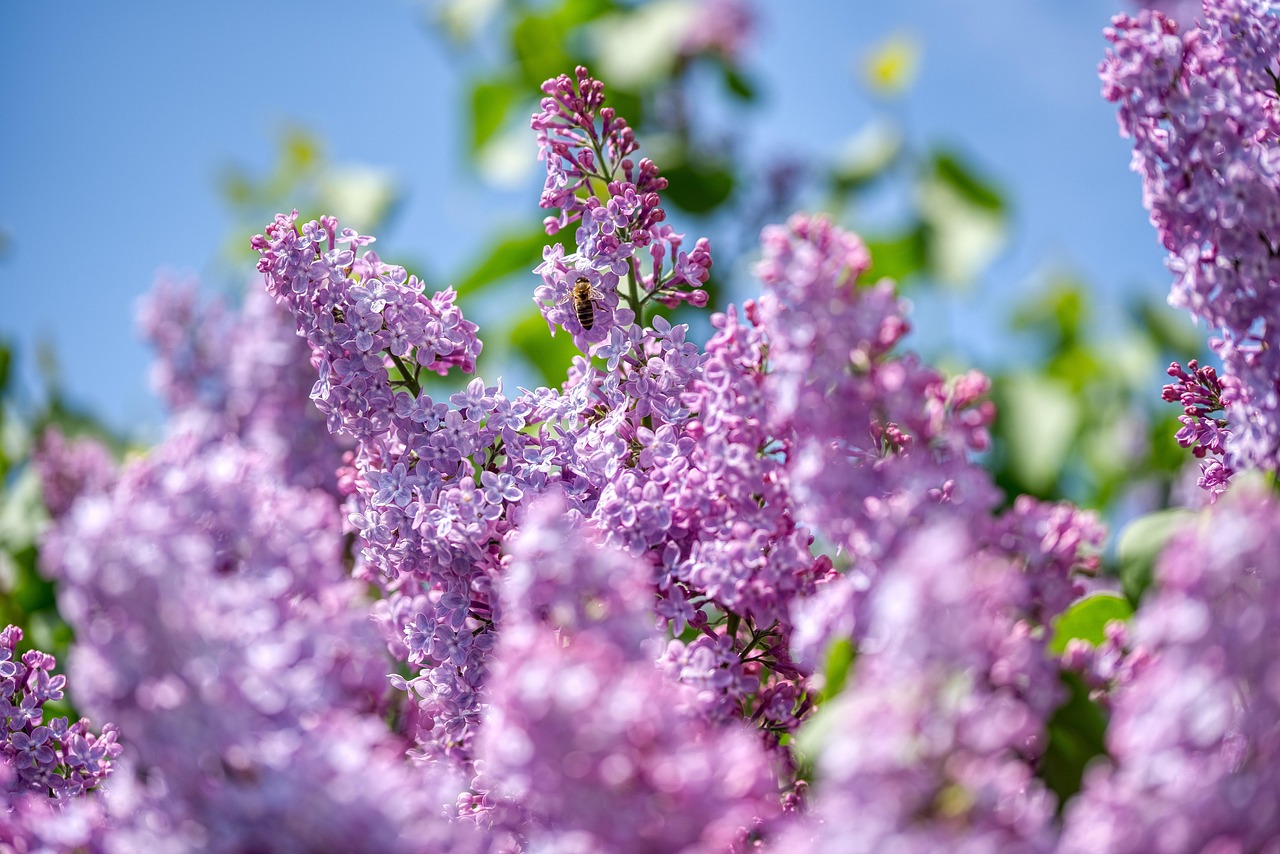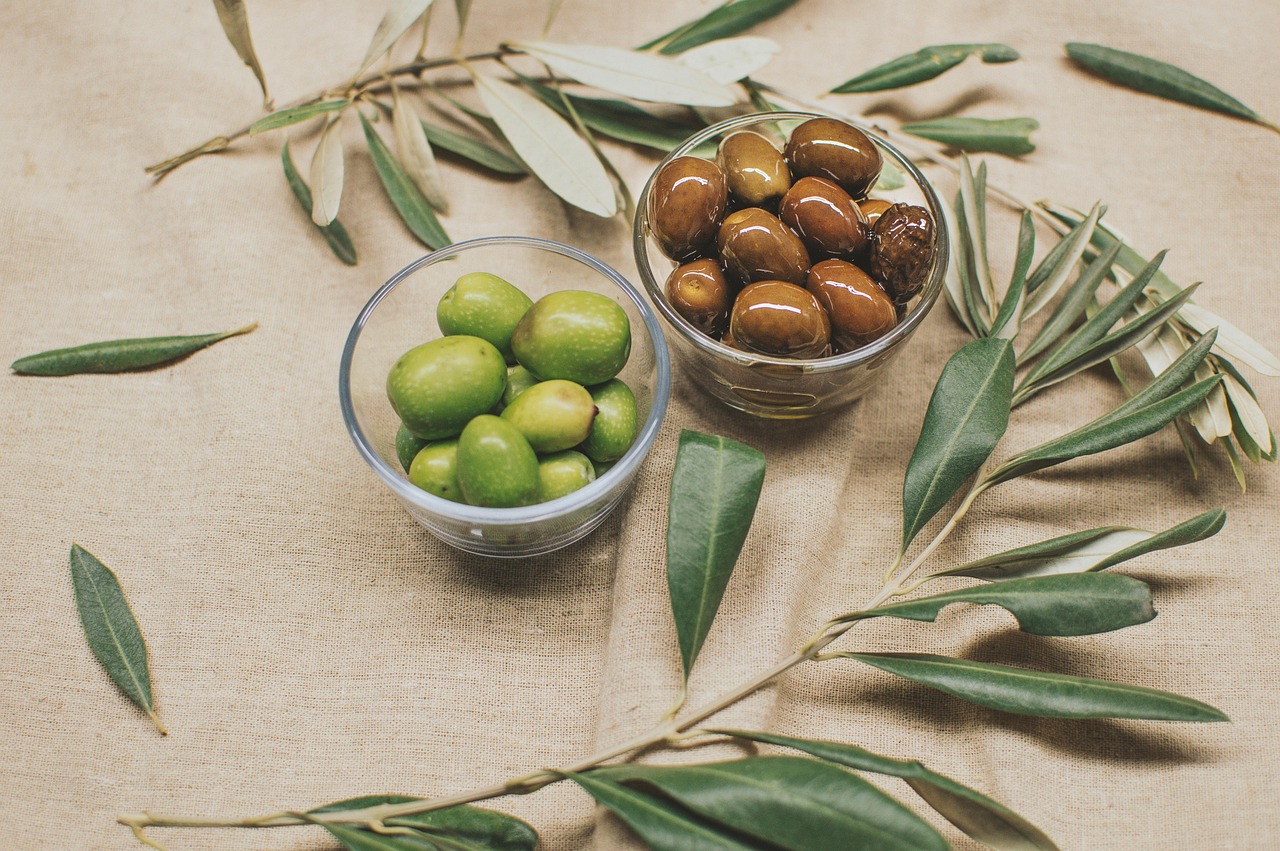Indoor olive tree pruning is vital for promoting healthy growth, shaping the plant, and ensuring optimal light and air circulation. Regularly removing dead or overcrowded branches, along with proper technique and timing, helps maintain a manageable size, encourages fruit production, and keeps your apartment garden vibrant and attractive.
Indoor olive trees, or Olea europaea, have become increasingly popular among apartment dwellers. Their ability to thrive indoors while providing a touch of nature makes them an appealing choice. However, to keep these trees healthy and visually appealing, regular pruning is necessary. Pruning not only helps maintain the shape of the tree but also stimulates new growth and improves air circulation within the foliage.

Before diving into the steps for pruning your indoor olive tree, it is important to understand when and why to prune. Typically, the best time for pruning is late winter or early spring, just before the growing season begins. This timing allows the tree to recover quickly and encourages robust new growth as temperatures rise.
Understanding Olive Tree Growth
Olive trees are unique in their growth patterns. They can grow quite large if left unchecked, even when grown indoors. Understanding their growth habits aids in effective pruning. Here are some key characteristics of olive tree growth:
- Olive trees can grow up to 30 feet in height outdoors, but indoor varieties typically remain smaller.
- They have a bushy growth habit with numerous branches that can become crowded over time.
- Regular pruning encourages healthy branching and fruit production, enhancing their beauty.
To effectively prune your indoor olive tree, follow these essential steps:

Pro-Tips and Common Mistakes I’ve Learned to Avoid
- When I first pruned my olive tree, I overestimated how much to cut back. Now I know to stick to removing no more than one-third of the foliage at a time to avoid stressing the plant.
- Using dull tools was a mistake I made early on, which caused ragged cuts that took longer to heal. Now, I always sharpen my pruning shears and loppers before starting.
- Initially, I ignored the tree’s natural shape and cut randomly, which resulted in an uneven look. Now, I follow the natural branch structure for a balanced and attractive form.
- Pruning at the wrong season, like in winter, stressed my tree and slowed its growth. I’ve learned to prune only during late winter or early spring, just before the growing season.
- Leaving the trimmings around the base of the tree attracted pests, so I now clean up all cuttings properly to prevent infestations.
- Overwatering after pruning was a problem I faced, leading to root issues. Now, I wait for the top inch of soil to dry out before watering again to help my tree recover.
- I used to neglect lighting needs; now I make sure my olive tree gets at least 6 hours of direct sunlight daily for optimal growth and fruiting.
- Finally, I’ve realized that regular inspections for pests and diseases can save me from bigger problems down the line, so I now check my plant weekly for any signs of trouble.
Steps for Pruning Indoor Olive Trees
Pruning may seem daunting, but by following a few simple steps, you can ensure your olive tree remains healthy and attractive.
- Gather Your Tools: Use sharp pruning shears or scissors. Having clean tools is important to prevent disease transmission.
- Assess the Tree: Look for dead, damaged, or crossing branches. Identify areas where light and air cannot reach.
- Start with Dead or Diseased Branches: Remove any branches that are brown or brittle. This promotes healthy growth and reduces the risk of pests.
- Thin Out Crowded Areas: Remove excess branches to improve airflow. This helps prevent mold or mildew.
- Shape the Tree: Trim branches to maintain a balanced shape. Aim for an open center to allow sunlight to penetrate.
- Limit Height: If your tree is getting too tall, cut back the top branches. This helps keep your indoor olive tree manageable.
- Clean Up: Discard the cuttings properly. Do not leave them around the plant as they can attract pests.
By following these steps, you can significantly improve your indoor olive tree’s health and appearance. Pruning not only enhances its aesthetic but also encourages better fruiting when applicable.
Benefits of Pruning Indoor Olive Trees
The benefits of regularly pruning your indoor olive tree extend beyond just aesthetics. Here are some notable advantages:

- Healthier Growth: Pruning removes dead material, allowing the tree to focus on new growth.
- Better Light Exposure: Thinning out branches lets more light reach the inner foliage, promoting an even growth pattern.
- Pest Control: A well-pruned tree is less susceptible to pests and diseases due to improved air circulation.
- Aesthetic Appeal: Regular pruning helps maintain a pleasing shape and size appropriate for indoor living spaces.
Understanding these benefits will motivate you to regularly maintain your indoor olive tree through thoughtful pruning practices. Additionally, it fosters a deeper connection with your plant as you observe its growth and beauty over time.
In summary, pruning is a vital aspect of caring for indoor olive trees. By following the outlined steps, you can cultivate a thriving indoor garden that enhances your living space while enjoying the many benefits of this beautiful plant. Remember that each tree is unique; adapt your approach based on its specific needs and growth habits for the best results.
Tools and Techniques for Pruning Olive Trees
To successfully prune your indoor olive tree, having the right tools is crucial. Proper tools not only make the process easier but also ensure clean cuts, which promote healthy healing for the tree.

Essential Pruning Tools
Here are some essential tools you should consider using when pruning your indoor olive tree:
- Pruning Shears: These are essential for cutting small branches and stems. Choose a pair that fits comfortably in your hand.
- Loppers: For thicker branches, loppers provide better leverage and cutting power. They generally feature longer handles.
- Hand Saw: If you encounter larger branches that cannot be handled by pruning shears or loppers, a hand saw will be needed.
- Gloves: Protect your hands from sap and sharp edges by wearing gloves while pruning.
- Cleaning Solution: Use a solution of water and bleach or alcohol to disinfect your tools before and after pruning. This helps prevent disease transmission.
Pruning Techniques
Understanding various pruning techniques can help you achieve the desired shape and health for your indoor olive tree. Here are some commonly used techniques:
- Heading Back: This technique involves cutting back the ends of branches to encourage bushier growth. It stimulates lateral buds to develop, leading to a fuller appearance.
- Thinning Out: This technique removes entire branches to improve light penetration and air circulation. It helps in avoiding overcrowding and promotes healthy growth.
- Pinching: For young trees, pinching off the tips of new growth can help encourage branching and a fuller shape.
- Rejuvenation Pruning: If your olive tree has become overgrown or unhealthy, this technique involves cutting back a significant portion of the plant. This encourages vigorous new growth from the base.
When to Prune Indoor Olive Trees
The timing of your pruning efforts can significantly impact the health and appearance of your indoor olive tree. Here are some important considerations regarding when to prune:
- Late Winter to Early Spring: The best time for pruning is typically late winter or early spring, just before new growth begins. This allows the tree to heal and thrive as it enters its growing season.
- Avoid During Dormancy: Do not prune during fall or winter when the tree is in dormancy, as this can stress the plant and hinder its recovery.
- Monitor Growth: Throughout the year, keep an eye on your tree. If you notice any dead or damaged branches, take action immediately regardless of the season.
Signs Your Olive Tree Needs Pruning
Recognizing when your indoor olive tree requires pruning is vital for maintaining its health. Here are some signs that indicate it’s time to prune:
- Overcrowded Canopy: If the branches are densely packed, it can hinder light penetration and air circulation, making it necessary to thin out some growth.
- Dead or Damaged Branches: Identify any brown, brittle, or broken branches that need removal to promote overall health.
- Pest Infestation: A sudden increase in pests may suggest areas of the tree that are weak or unhealthy. Pruning these areas can help control pests.
- Lack of New Growth: If you notice that your olive tree is not producing new leaves or shoots, it may benefit from a good pruning session to stimulate growth.
The Aftercare of Pruned Olive Trees
After pruning your indoor olive tree, proper aftercare is essential for promoting healing and growth. Here are some key aftercare steps to follow:
- Watering: Ensure the tree receives adequate water following pruning. However, avoid overwatering as this can lead to root rot.
- Nourishment: Consider applying a balanced fertilizer after pruning. This provides essential nutrients that support recovery and encourage new growth.
- Monitor Health: Keep a close eye on the tree’s health post-pruning. Look for any signs of stress or disease and take appropriate actions if necessary.
- Provide Adequate Light: Ensure that your indoor olive tree receives sufficient sunlight post-pruning, as this will aid in quick recovery and encourage new growth.
Caring for your indoor olive tree after pruning is just as important as the act itself. Following these aftercare guidelines will help ensure that your tree remains vibrant and healthy throughout its growth cycle.
Common Mistakes to Avoid When Pruning Olive Trees
While pruning indoor olive trees can be beneficial, there are common mistakes that gardeners often make. Recognizing and avoiding these pitfalls can lead to healthier trees and more fruitful results.
Over-Pruning
One of the most significant mistakes is over-pruning. Removing too many branches can stress the tree and hinder its ability to produce new growth. It is essential to follow a guideline of pruning no more than one-third of the tree’s total foliage at a time.
Using Dull Tools
Pruning with dull tools can lead to ragged cuts, which may increase the risk of disease. Always ensure that your pruning shears and loppers are sharp and properly maintained.
Ignoring Tree Structure
When pruning, it is crucial to consider the natural structure of the tree. Cutting without regard for the overall shape can lead to an unattractive appearance and may also impact growth patterns. Aim for a balanced shape that allows light to reach all parts of the tree.
Pruning at the Wrong Time
As mentioned previously, timing is essential. Pruning during the wrong season, such as fall or winter, can cause stress to the tree. Always strive to prune just before the growing season for optimal results.
Pest and Disease Management in Indoor Olive Trees
Pests and diseases can pose significant threats to indoor olive trees. Being proactive about identifying and managing these issues is essential for maintaining a healthy plant.
Common Pests
Some common pests that may affect indoor olive trees include:
- Spider Mites: These tiny pests can cause leaf discoloration and webbing on the tree.
- Aphids: Small, green insects that may cluster on new shoots, sucking sap from the plant.
- Scale Insects: These pests attach themselves to branches and leaves, leading to leaf drop and poor growth.
Disease Symptoms
Indoor olive trees can also suffer from various diseases. Here are some symptoms to watch for:
- Leaf Drop: Excessive leaf drop may indicate stress or disease.
- Mold Growth: Fungal diseases can cause white or gray mold on leaves and stems.
- Discoloration: Yellowing leaves may signify nutrient deficiencies or root problems.
Preventive Measures for Healthy Olive Trees
Taking preventive measures is crucial to keep your indoor olive tree healthy and thriving. Here are some strategies you can implement:
- Regular Inspections: Frequently check your tree for signs of pests or disease. Early detection allows for easier management.
- Proper Watering: Avoid overwatering to prevent root rot. Ensure good drainage in your pot.
- Fertilization: Use a balanced fertilizer during the growing season. This helps provide necessary nutrients and supports overall health.
- Adequate Airflow: Ensure your indoor space has good air circulation around your olive tree. This helps prevent mold and mildew.
Understanding Olive Tree Varieties for Indoor Growth
Not all olive tree varieties are suitable for indoor growth. Understanding which types thrive indoors can help you make informed choices when selecting a tree for your apartment garden.
Popular Varieties for Indoor Growth
The following olive tree varieties are well-suited for indoor gardening:
- Arbequina: This small variety produces flavorful olives and is known for its compact size, making it an excellent choice for indoor spaces.
- Manzanilla: Another small variety, Manzanilla olives are prized for their flavor and adaptability to container gardening.
- Picholine: This variety is also suitable for indoor growth and is known for its robust flavor profile.
Selecting the Right Potting Mix
The right potting mix is essential for the health of your indoor olive tree. Consider a mix that provides excellent drainage while retaining some moisture. A blend specifically designed for citrus or Mediterranean plants often works well.
Potted Olive Tree Care Beyond Pruning
Caring for your indoor olive tree goes beyond pruning. Here are additional care tips that will help your tree thrive in an apartment setting:
- Sunlight Requirements: Olive trees love sunlight. Position your tree in a location that receives at least 6 hours of direct sunlight daily.
- Temperature Preferences: Olive trees prefer temperatures between 60°F and 75°F. Avoid placing them near drafts or heating vents.
- Humidity Levels: Maintain moderate humidity levels in your home. You may occasionally mist the leaves if your home tends to be dry.
By combining careful pruning with proper ongoing care, you can ensure that your indoor olive tree remains a beautiful and productive part of your apartment garden.
Additional Tips for Thriving Indoor Olive Trees
In addition to pruning and basic care, there are several advanced tips that can enhance the growth and productivity of your indoor olive tree. These practices can help you achieve optimal health and fruit production.
Fertilization Strategies
Choosing the right fertilization strategy is crucial for the long-term health of your olive tree. Here are some tips:
- Organic Fertilizers: Consider using organic fertilizers that provide slow-release nutrients. This promotes steady growth without the risk of over-fertilization.
- Frequency: Fertilize your indoor olive tree every 4-6 weeks during the growing season (spring and summer). Reduce or stop fertilization in the fall and winter when the tree is dormant.
- Micronutrients: Ensure your fertilizer contains essential micronutrients such as iron, magnesium, and manganese, which are vital for optimal growth.
Repotting Your Olive Tree
As your indoor olive tree grows, it may outgrow its pot. Repotting is essential for maintaining healthy growth. Here are some guidelines:
- Timing: The best time to repot is in early spring, just before the growing season begins.
- Picking the Right Pot: Choose a pot that is one size larger than the current one. Ensure it has drainage holes to prevent waterlogging.
- Soil Preparation: Use a fresh potting mix designed for Mediterranean plants to provide the best nutrients and drainage.
Seasonal Care Adjustments
Adapting your care routine based on seasonal changes can significantly impact the health of your olive tree. Here’s how to adjust your care:
- Winter Care: During winter, reduce watering frequency, as the tree’s growth slows down. Ensure the tree is kept in a bright location with stable temperatures.
- Summer Care: In the summer months, increase watering slightly, especially if the tree is exposed to direct sunlight for extended periods. Monitor for signs of heat stress.
Common Questions About Indoor Olive Tree Care
Many indoor gardeners have questions about caring for their olive trees. Here are some frequently asked questions along with their answers:
Can I prune my olive tree too much?
Yes, over-pruning can stress the tree and reduce its ability to produce fruit. It is best to remove no more than one-third of the foliage at any one time.
How often should I water my olive tree?
Watering frequency depends on several factors, including pot size, humidity levels, and temperature. Generally, allow the top inch of soil to dry out between waterings.
Will my olive tree produce fruit indoors?
Indoor olive trees can produce fruit, especially if they receive adequate light and proper care. However, fruit production may be limited compared to outdoor trees due to environmental constraints.
Final Thoughts
Caring for an indoor olive tree offers both challenges and rewards. By understanding pruning techniques, proper care requirements, and environmental needs, you can create an ideal setting for your tree to thrive in an apartment garden. Regular maintenance, including thoughtful pruning, diligent pest management, and seasonal care adjustments, will encourage healthy growth and enhance the beauty of your indoor space.
Whether you seek to cultivate a lush indoor landscape or enjoy the fruits of your labor with homegrown olives, your commitment to nurturing this beautiful plant will yield satisfying results. Remember that patience is key; with time and care, your indoor olive tree can flourish as a centerpiece in your living space.
Embrace the journey of indoor gardening with your olive tree. By following these guidelines and remaining attentive to its needs, you can enjoy a thriving plant that brings joy and greenery into your home.
